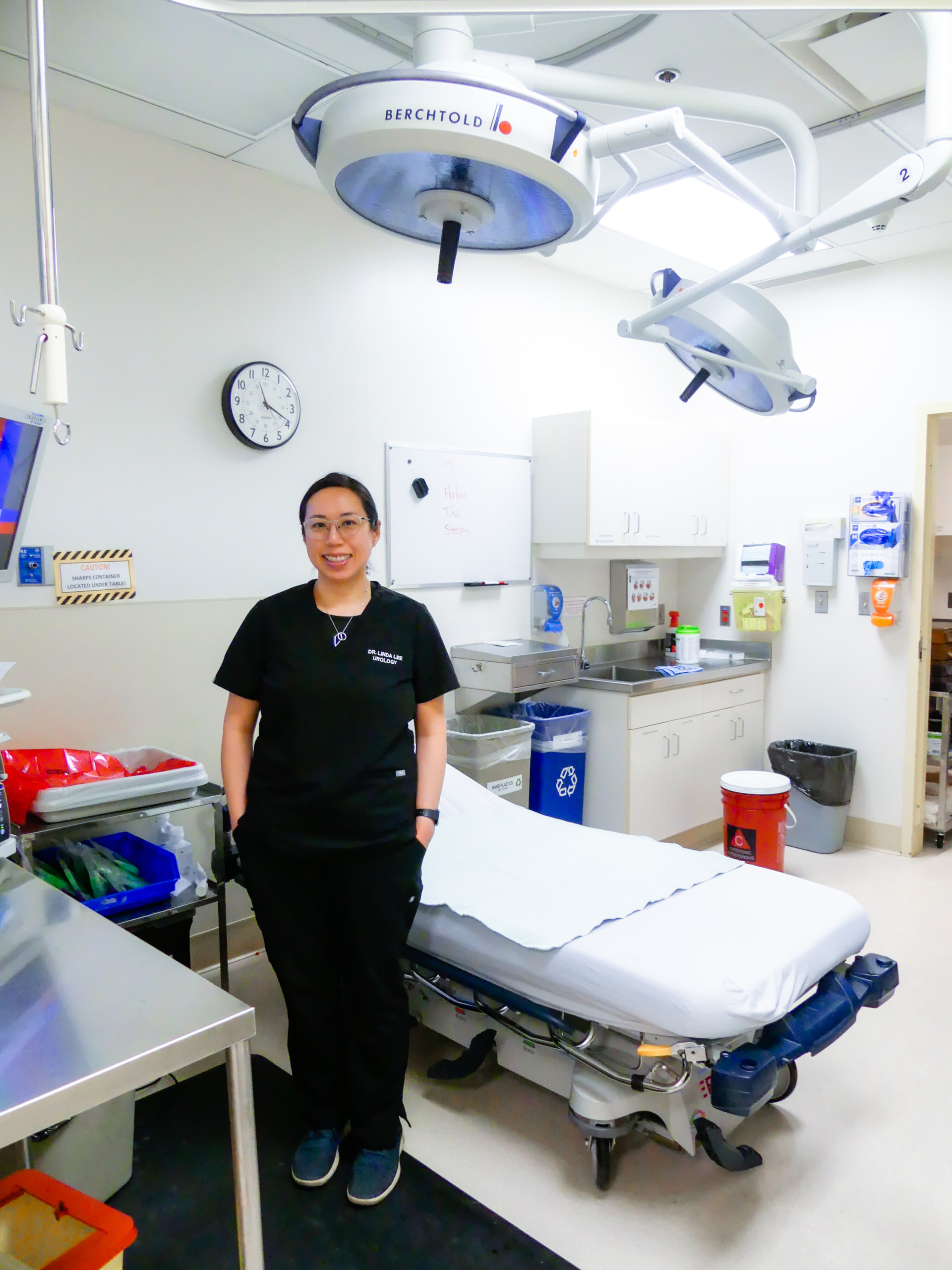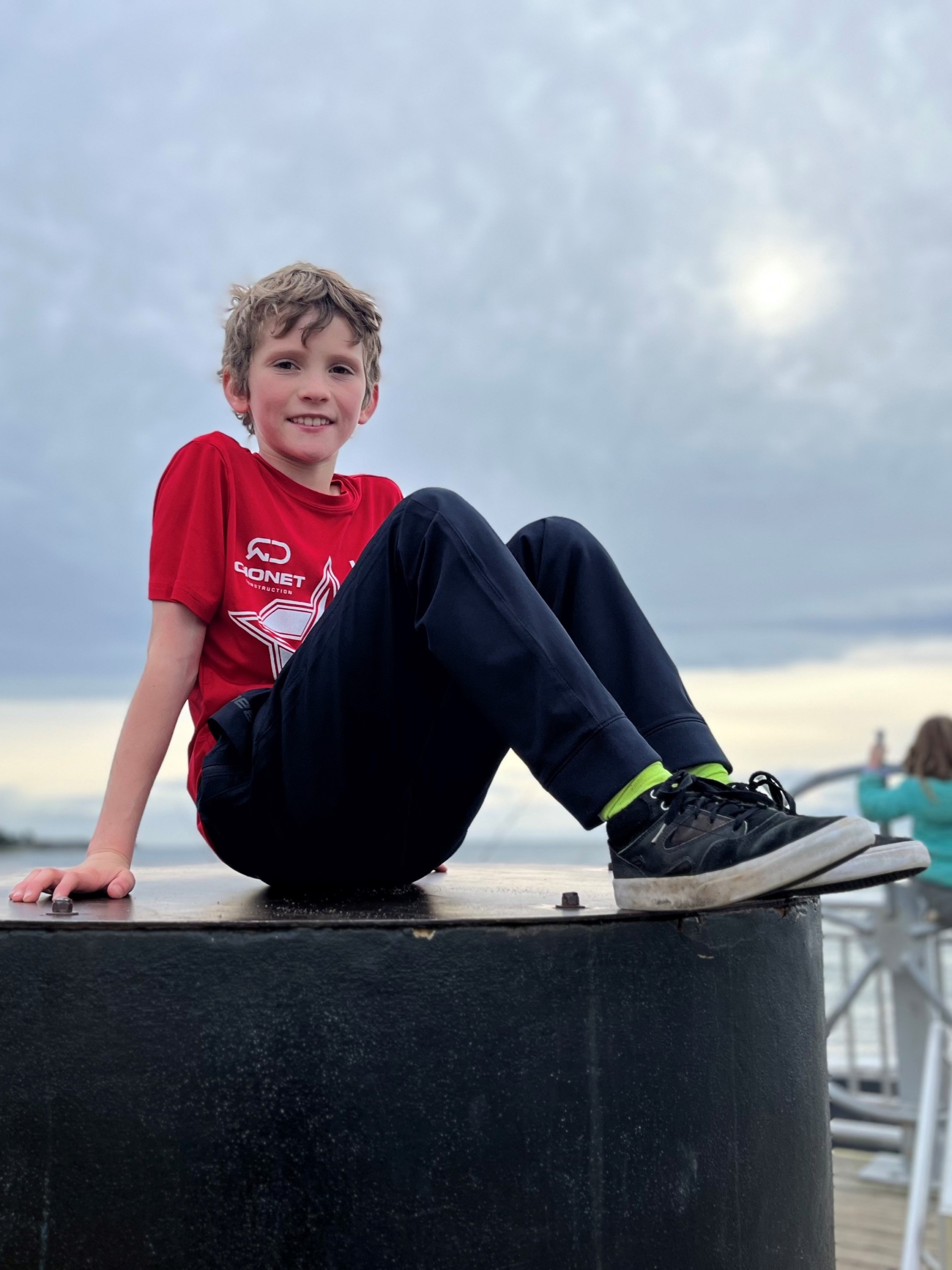 When I first met Asher and his family last year, he was at a point where his pain was becoming more severe and more frequent. He had lost interest in a lot of the activities he loved because he was afraid of experiencing pain. I was able to determine a blockage was causing Asher’s kidney to swell, resulting in discomfort. I knew surgery would be the best option to get the 11-year-old back to his old self.
When I first met Asher and his family last year, he was at a point where his pain was becoming more severe and more frequent. He had lost interest in a lot of the activities he loved because he was afraid of experiencing pain. I was able to determine a blockage was causing Asher’s kidney to swell, resulting in discomfort. I knew surgery would be the best option to get the 11-year-old back to his old self.
As a urologist and surgeon specializing in pediatrics, I want to provide my patients with the best possible care. My job is to find out what’s troubling them and fix it. Sometimes that means the patient must undergo a surgical procedure. It’s not an easy decision for a family to make, especially when it involves their child.
What I share with the families I work with, is that we have the best surgical teams at Royal Jubilee and Victoria General hospitals. We are driven and patient-centred, and always pushing for the best for our patients. With the help of Foundation donors, we will soon have yet another great advancement in care in the form of robotic surgery.
In Asher’s case, and other cases of kidney blockage due to ureteropelvic junction obstruction, the standard route is a surgery called a pyeloplasty. In older children and adults, it is a surgery that is often performed laparoscopically, meaning through keyhole incisions. From a technical standpoint, it’s a challenging operation because you’re working in such a small region, especially with children. Precision is essential here.
In many centers, robotic surgery is becoming the preferred way to perform this type of surgery. There are several advantages for both the patient and surgeon. First, there’s enhanced visualization which provides the surgeon with a 3D view of the surgical site. This allows for further accuracy, which is critical, especially when it comes to suturing such delicate tissues. The benefits also include a less invasive surgery for the patient, which in turn results in reduced pain, better recovery and shorter hospital stay. For our Island’s pediatric patients, children like Asher, robotics surgery would be a true gift.
The range of motion surgeons have robotically is unparalleled. I have full use and movement of my fingers and wrists, unlike a laparoscopic procedure, which limits my range of motion. I liken it to operating with a cast on my wrist or imagine sewing and not being able to move your fingers. Surgical robotics give the surgeon a full range of motion, which is key when operating in tight areas, like I do on children. Surgeons are also seated at a console while we’re operating, so we’re not standing over a patient for hours which means less wear and tear on our bodies.
Robotic surgery is quickly becoming the surgical standard of care in several areas, including urology. Many of the top medical schools in Canada are training our future surgeons to use robotics. I developed my skills in robotic surgery at the University of Western Ontario in London. I also have extensive experience and training in laparoscopic surgery at Sick Kids in Toronto. But certainly, in many centers around the world and across the U.S., robotics are overtaking laparoscopic procedures in the field of surgery—it’s now time we bring robotics to Victoria.
I’m really looking forward to this next chapter for surgery in Victoria. I believe robotics will create more surgical options, while also improving the experience for our patients. That’s what really matters in the end.
This project, like so many of our equipment needs, would not be possible without the support of the Foundation and our generous community. It continually amazes me that people can find the kindness and generosity to support our hospitals—know how grateful we are, as caregivers, to know the community is behind us.





